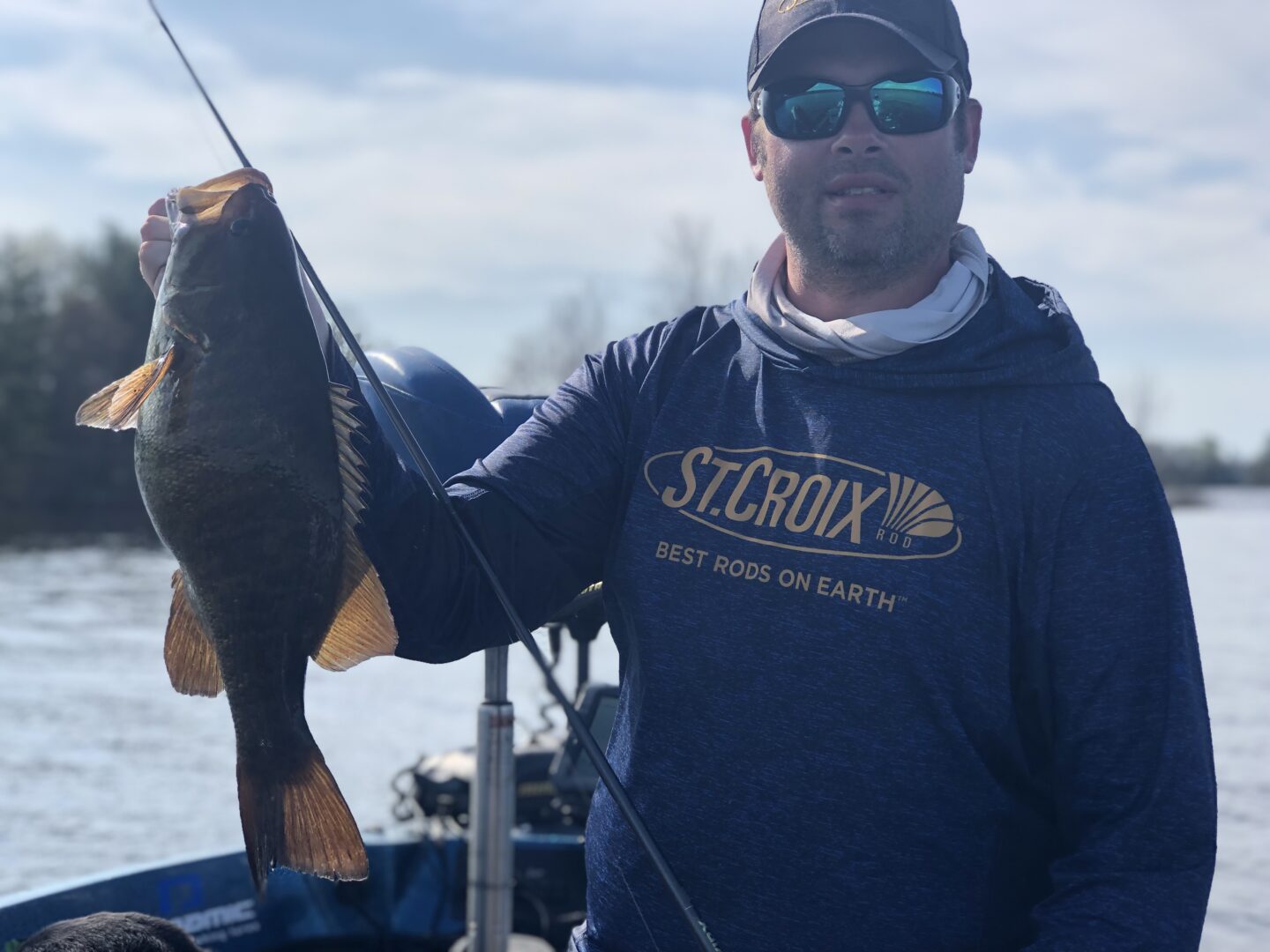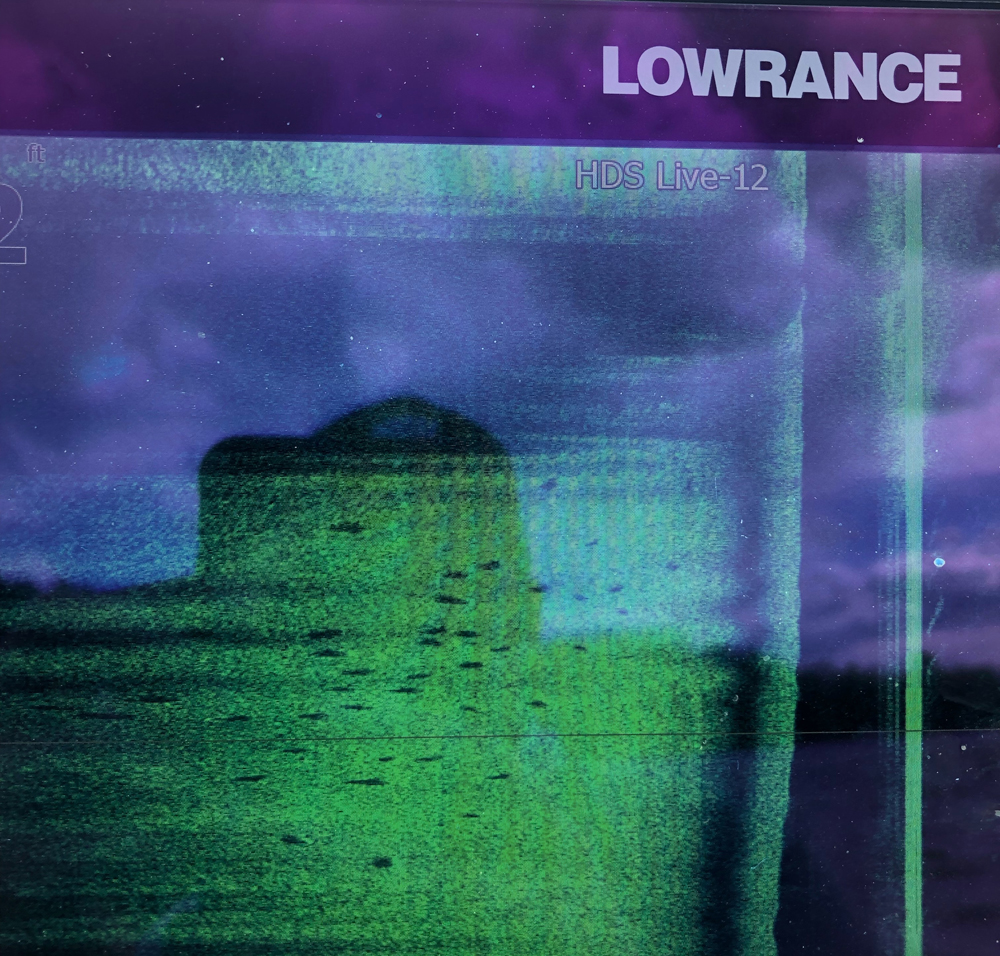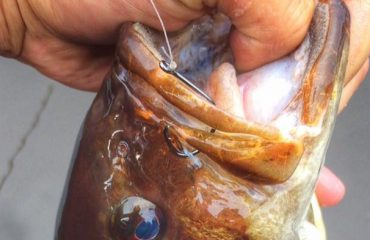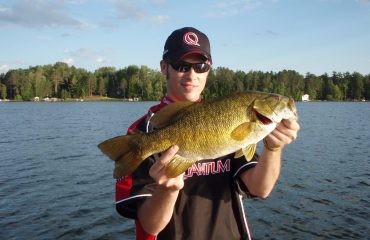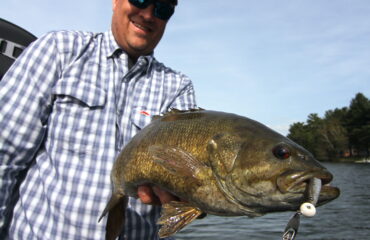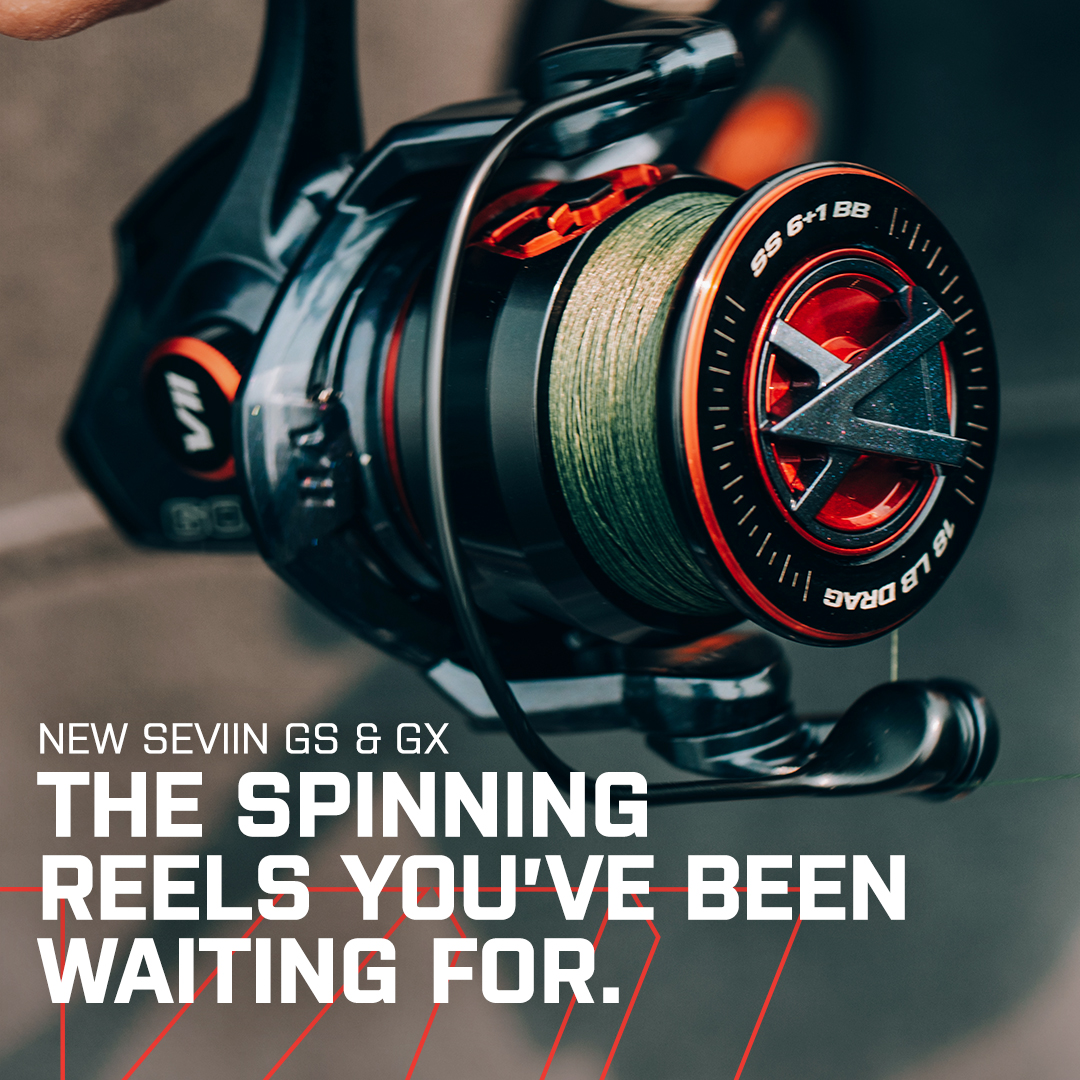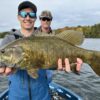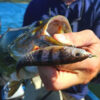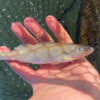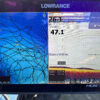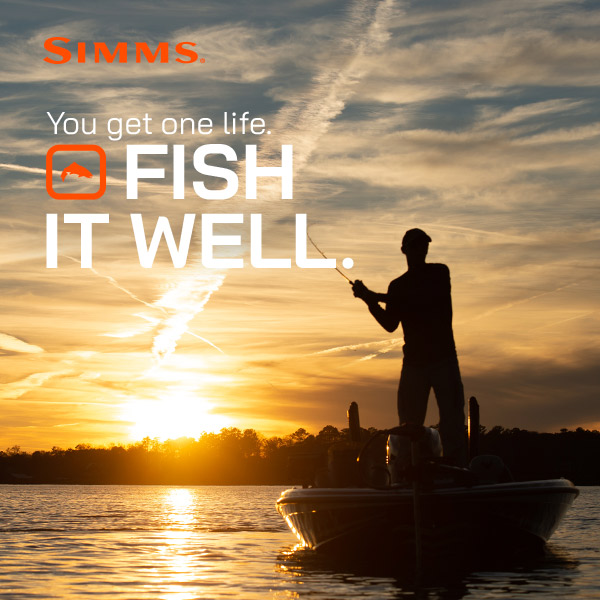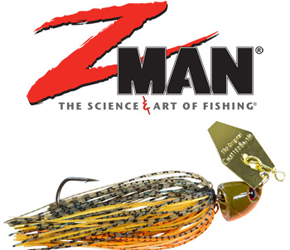Attacking Staging Sites
At this time, smallmouths are schooling together and stacked; programmed to undertake structural migrations to where they will stage and set-up in preparation for their spawn which could be any day now.
Staging sites are influenced by wind direction, sunlight penetration, and proximity to annual spawning location. They can be in depths from 15 to 5-feet. It’s noted how ritualistic smallmouth bass are, thus they will often return to the same spawning sites and staging sites year after year.
Many of my favorite and most productive smallmouth lakes contain multiple staging areas, sometimes dozens, where fish show up early in spring to feed and commune together. Some staging sites are deep, others are shallower. To best catch them, suspending jerkbaits will be the answer.
Fish them slow and methodically to coax lethargic bites. Work too fast, and smallmouths will lazily drift back down towards the bottom. On my clear northern waters, smallmouths often travel from significant distance to strike. In colder 40-degree waters of April and May, they require some extra time to engage into feeding. It’s quite common to see smallmouths stare at a bait at close range for what seems like an eternity before striking it.
Look deeper first, since water temperatures are still on the cold side. In these areas, I favor deep divers like the size-11 Shadow Rap Deep. It’s irresistible on a long pause in cold water, and will slowly sink deeper. Instead of jerking, give it more subtle pulls to achieve depth. I’ll wait patiently in between pulls, if necessary, upwards of 30 seconds. Rip downward to push it deeper.
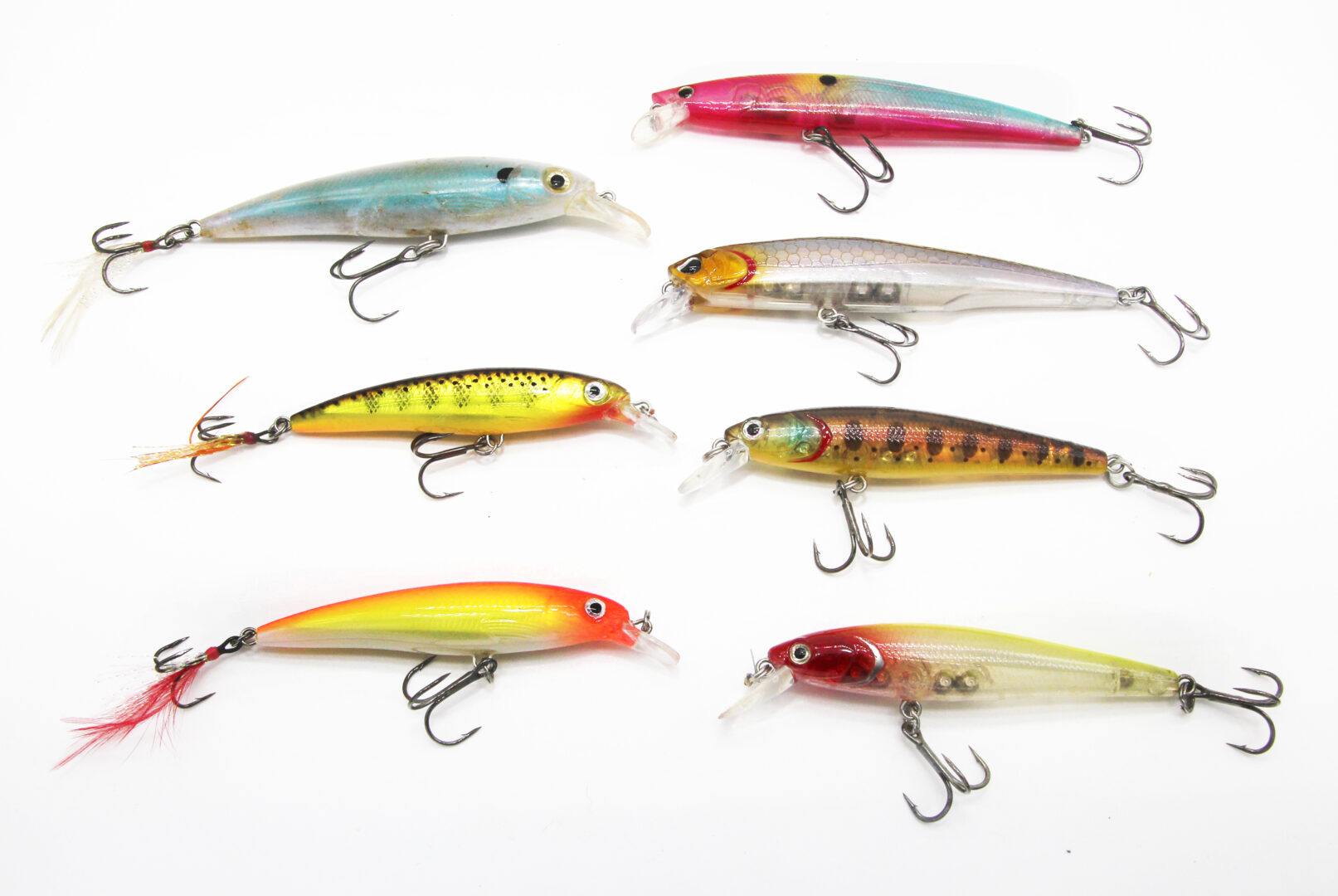
As water temperatures approach the low to mid-50’s, smallmouths will progress shallower. Now is when you’ll want to fish faster and more aggressive. My boat often fishes with a variety of Rapala X-Raps, Husky Jerks and Shadow Raps, Dynamic Lures J-Specs and Z-Specs, Megabass Vision 110’s, Yo-Zuri 3DB’s, and a handful of other brands, shapes, and styles.
Smallmouths are visual feeders. Ideally, you should take advantage of this by selecting bright, visible colors for clear water. They tend to appreciate the obnoxious and unnatural, tracking them best. Bright, unnatural colors such as hot heads, clowns, hot pinks, chartreuse and copper oranges consistently outperform realistic, natural colors for me.
Equally effective for smallmouths, and sometimes even better depending on fish activity levels, soft jerkbaits in the fluke style can be fished with the same cadence as a hard jerkbait to draw strikes. It draws strikes from aggressive fish, but also triggers reluctant strikes from wary and conditioned fish your hard baits likely blew past fish moments ago.
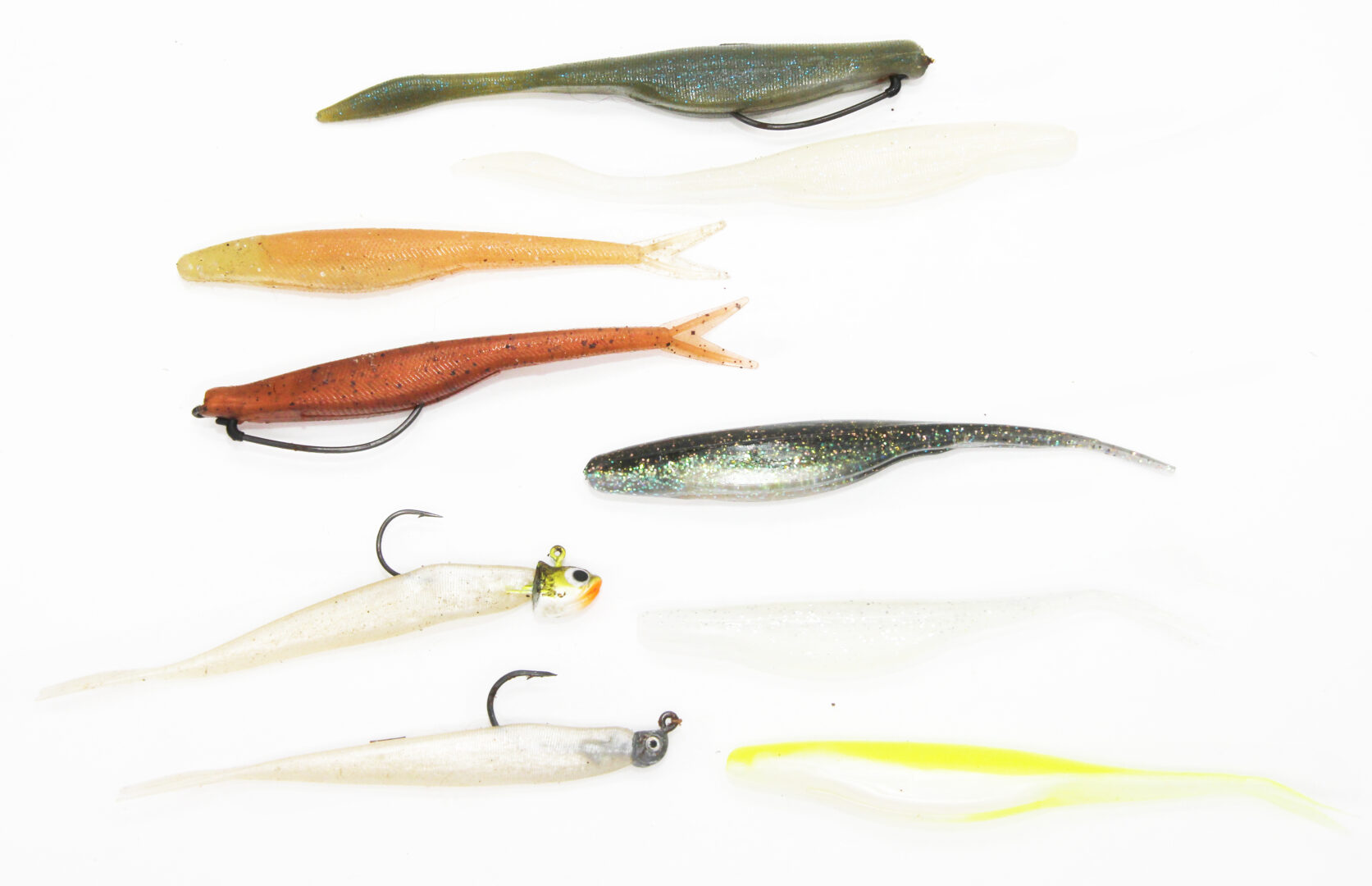
I carry a variety of soft jerks in my boat, in colors and brands of all kinds. Ranging from custom-colored concoctions to household names that includes Z-Man Scented Jerk ShadZ, Bass Assassin Straight Tail Shads, Zoom Flukes, Kalin’s Jerk Minnows and Jerk Minnow Jr’s, and Strike King Caffeine Shads.
Soft jerkbaits like these favorites will produce when the hardbait won’t. It’s important to work a soft jerkbait just as you would a hard jerkbait. Rigged weightless with a 3/0 Eagle Claw Trokar MagWorm with plastic barb keeper, which gives it a slow sink like a glide bait, I make sure to pop the bait with a few upwards jerks and let it hang and glide slowly down a few feet in the water column.
